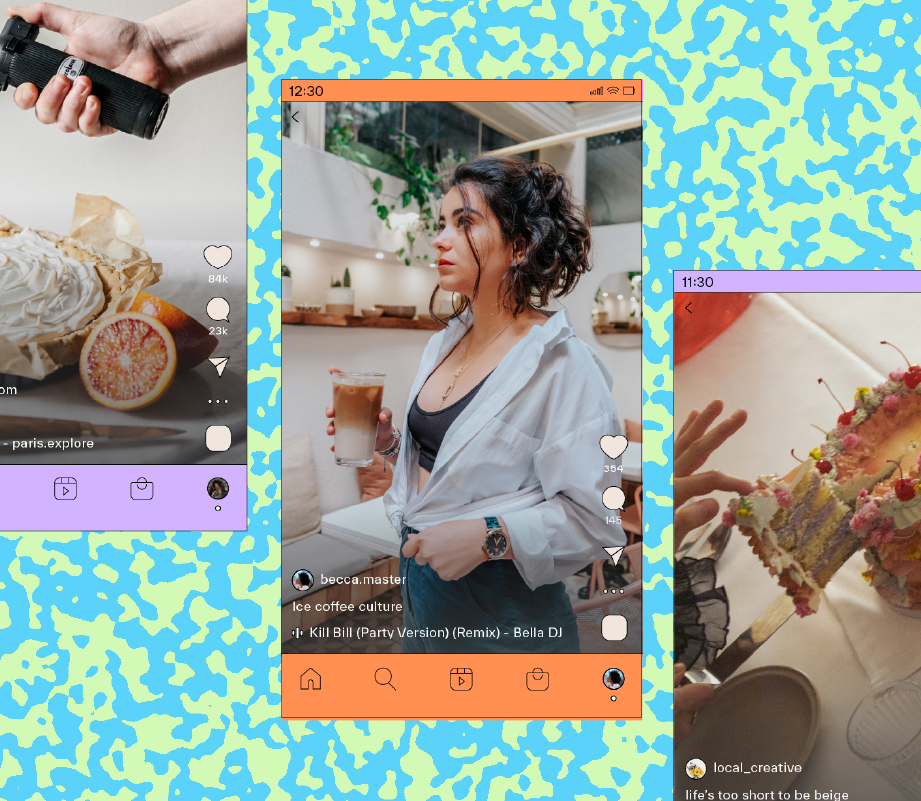Social listening in 2025: How to turn insights into business value
Social pros use social listening to proactively monitor social media channels for mentions of their brand, competitors, product, and more. The post Social listening in 2025: How to turn insights into business value appeared first on Social Media Marketing & Management Dashboard.

Key takeaways
- Use social listening to drive strategy, not just reporting. Go beyond tracking brand mentions. Leverage real-time insights to shape messaging, improve customer experience, and inform product development.
- Tie listening efforts to clear business goals. Whether it’s boosting brand awareness, improving response times, or identifying market gaps, define SMART goals and measure success with metrics like share of voice, sentiment, and engagement.
- React fast—then optimize. Spot trending topics, negative sentiment, or potential crises early. Use those insights to adapt your content strategy, improve customer support, and stay one step ahead of competitors.
Social listening is not just about tracking likes or retweets. Smart marketers use it to understand customer needs, spot industry trends, and boost brand awareness. Think of it as eavesdropping (the ethical kind!) to uncover invaluable audience insights that can become the basis of an effective, customer-focused marketing strategy.
More than 60% of US businesses already use social listening tools to monitor brand mentions and customer sentiment… because it works. From catching a pricing error before it tanks your brand reputation (hello, Hong Kong Airlines’ 4,900% engagement win) to shaping new product ideas based on customer feedback, social listening delivers actionable insights that inform everything from messaging to content strategy.
Ready to make it work for you? This guide breaks down the benefits of social listening, walks you through building a social listening strategy, and shares tips for optimizing your efforts.
What can social listening do for you?
Social listening (sometimes called social media monitoring) is the practice of tracking social media platforms, websites, forums, and even podcasts to understand what people say about your brand name, competitors, or industry. It’s like having a front-row seat to real, relevant conversations across social networks and social media channels.
Here’s why social listening is a must for your social media strategy:
- Stay on-trend. Social media listening tools can help you spot trending topics and keep your branded content culturally relevant.
- Improve customer experience. With social listening, you can catch pain points early and improve your processes accordingly, boosting satisfaction and customer support outcomes.
- Guide product development. You can build an entire product roadmap informed by customer feedback, turning ideas into hits.
- Protect brand reputation. Social listening allows you to spot negative sentiment or potential crises fast — and react immediately (sometimes even turning these situations into publicity wins).
- Prove ROI. With global ad spend expected to exceed 276 billion dollars in 2025, social listening can help advertisers get more bang for their buck. It ties insights to metrics like engagement, share of voice, and sentiment, showing how your marketing campaigns deliver on business goals.
Here’s how Brian Wright, Head of Social Listening at Wells Fargo, summed it up in a conversation with eMarketer: “Social listening provides real-time insights for strategic decision-making, especially during change.”
TL;DR: social listening is your ticket to smarter marketing campaigns and stronger brand monitoring.
How to build a social listening strategy in 5 steps
Ready to turn your social media analytics into action? Here’s a clear, actionable plan to create a social listening strategy that aligns with your business goals. Whether you’re tracking TikTok trends, engaging in influencer marketing, or managing customer support, this template works across multiple use cases.
Step 1: Set clear goals
Start by asking: What do you want to achieve? Your social listening strategy should tie to specific business goals.
Want to boost brand awareness? Monitor share of voice. Need to optimize customer experience? Track negative sentiment.
Here are the common use cases for social listening:
- Brand monitoring: Track mentions of your brand to gauge sentiment.
- Competitive analysis: Spy on competitors’ hashtags or pain points to find market gaps you can fill.
- Product development: Gather feedback for new and improved products.
- Crisis management: Spot potential crises in their early moments, and address them before they cause substantial damage.
- Social media marketing: Strengthen content creation efforts by understanding what resonates.
Use SMART (specific, measurable, achievable, relevant, time-bound) goals to stay focused. For example, “Increase positive sentiment by 10% in Q1 by responding to 90% of customer mentions,” is a well-formulated goal.
Step 2: Pick the right social listening tools
You don’t need to scroll through tweets manually — social listening platforms automate the process. Hootsuite Listening offers easy-to-use features like sentiment analysis, real-time alerts, and integrations with your social media management system.
Here’s what to look for when picking the right tool:
- Coverage: Ensure it tracks key social platforms (including video-based networks like TikTok and YouTube), websites, forums, and emerging spaces like podcasts.
- Features: Look for competitor analysis, hashtag tracking, influencer monitoring, and AI-powered insights.
- Price: Many tools offer free trials. Start small and see what you like — then, scale up.
Psst: We might be biased, but we believe that Hootsuite and Talkwalker are your best bet. Need proof? Read about how an NBA team leveraged Talkwalker for a 352% video view boost.
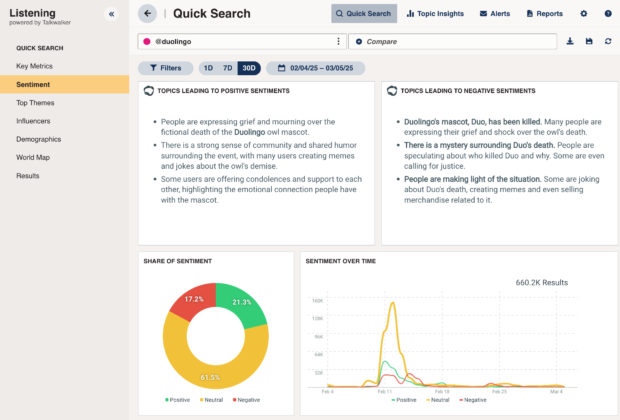
Step 3: Set up your queries
Keywords are the heart of social media monitoring.
All social listening tools will allow you to track relevant keywords like your brand name, product names, or industry terms.
If you want to get more granular in your snooping, use Boolean logic in your queries:
- Broad queries: “brand name” OR “brandname” (cover misspellings).
- Sentiment filters: “brand name” AND “love” OR “hate”.
- Competitor queries: “competitor name” AND “fail” OR “issue”.

































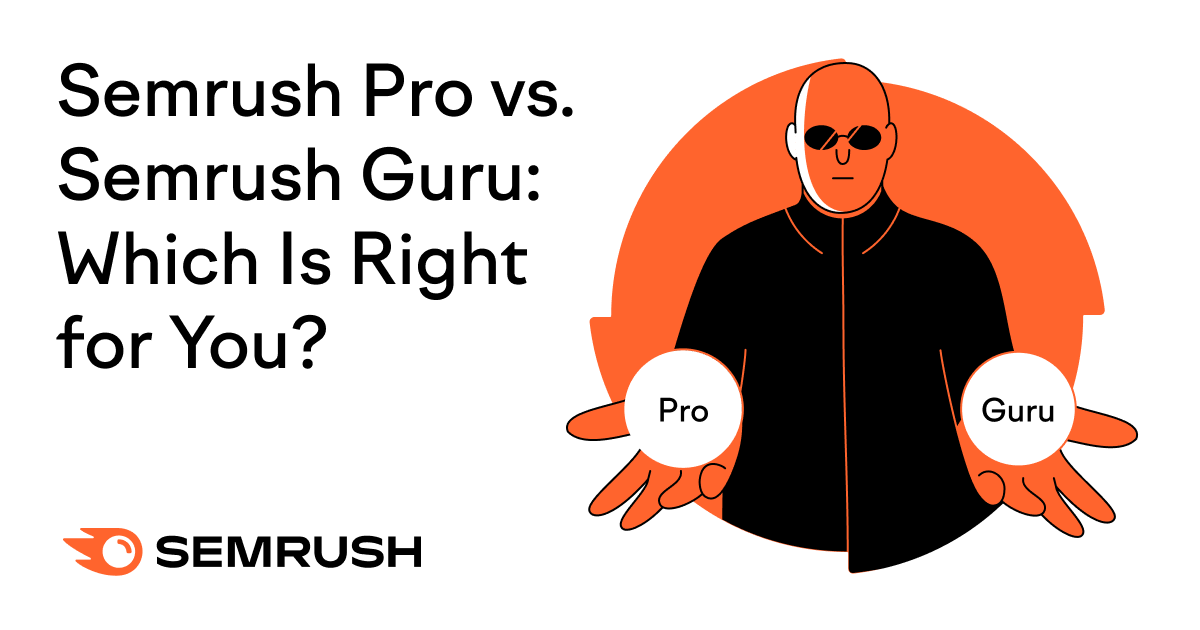



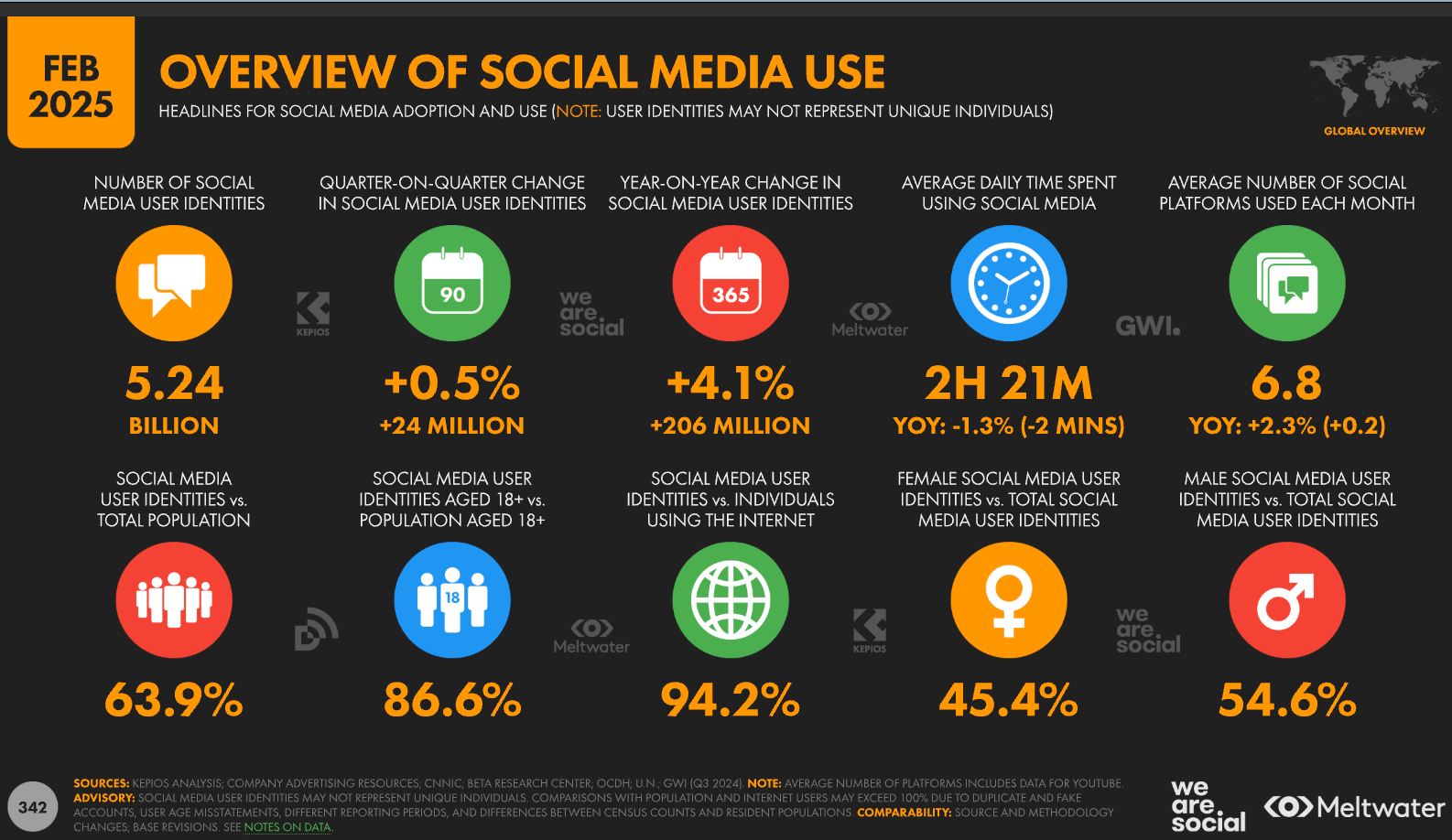













![The 11 Best Landing Page Builder Software Tools [2025]](https://www.growthmarketingpro.com/wp-content/uploads/2024/04/best-landing-page-software-hero-image-1024x618.png?#)





































![What Is Generative Engine Optimization [Tips & Workflows To Do It]](https://moz.com/images/blog/banners/What-Is-Generative-Engine-Optimization-Tips-Workflows-To-Do-It-1.png?auto=compress,format&fit=crop&dm=1745607929&s=6f75f1f02c531af0f80acb12517c8bab#)









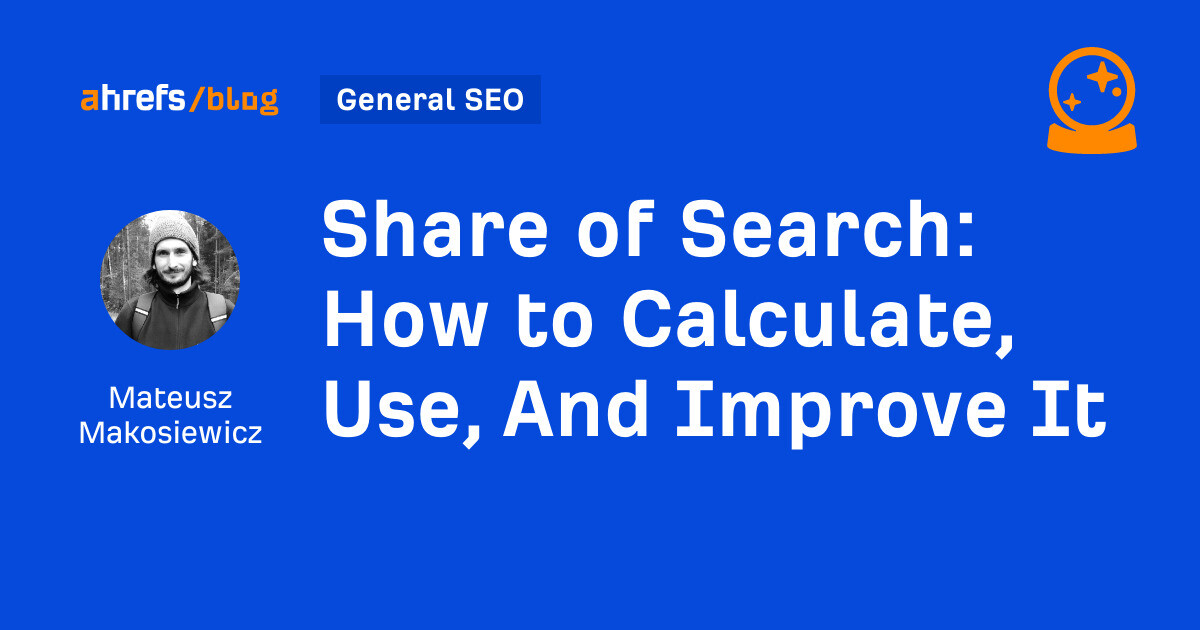

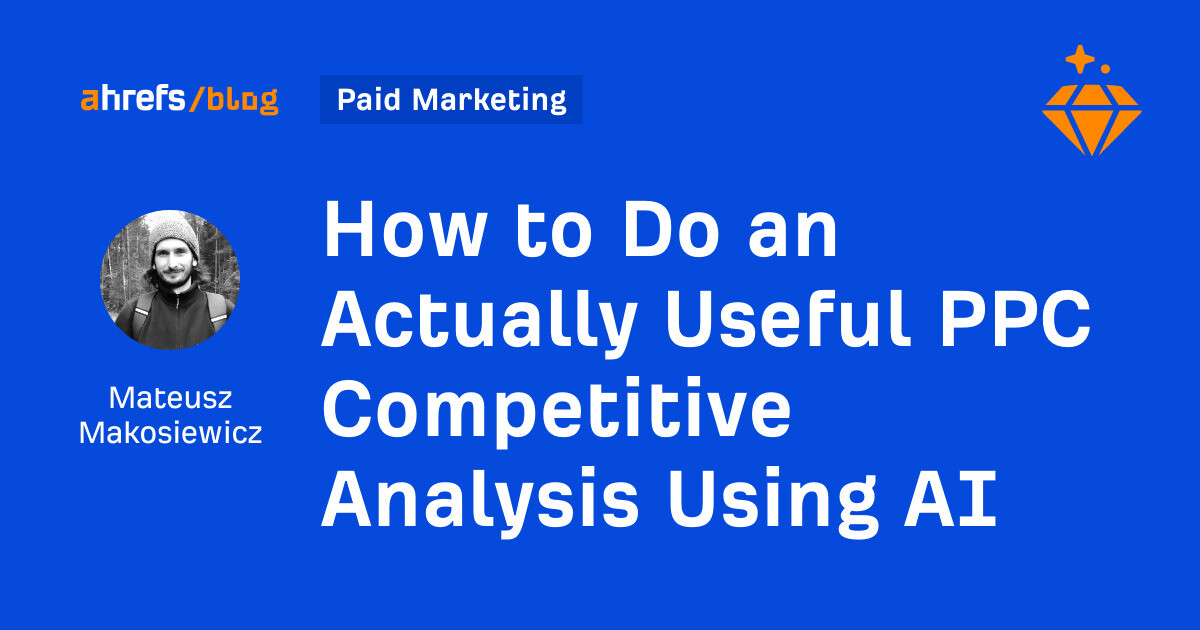
![8 Marketing Principles You’ll Wish You Knew When You First Started [Infographic]](https://imgproxy.divecdn.com/IrFUUizSVZJGsPem_wXXddL_nQGNvo8QImauGCOQCxo/g:ce/rs:fit:770:435/Z3M6Ly9kaXZlc2l0ZS1zdG9yYWdlL2RpdmVpbWFnZS84X21hcmtldGluZ19wcmluY2lwbGVzX2luZm8yLnBuZw==.webp)
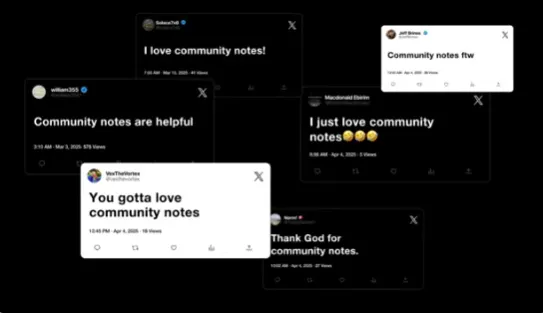













![Social media image sizes for all networks [May 2025]](https://blog.hootsuite.com/wp-content/uploads/2023/01/Social-Media-Image-Sizes-2023.png)

![X (formerly Twitter) vs. Threads: What brands need to know [data]](https://www.hubspot.com/hubfs/x%20vs%20threads.png)
![The best marketing campaigns of the year (thus far), what to learn from them, and why they worked so darn well [new data]](https://knowledge.hubspot.com/hubfs/marketing-campaigns-1-20250508-1357892.webp)


